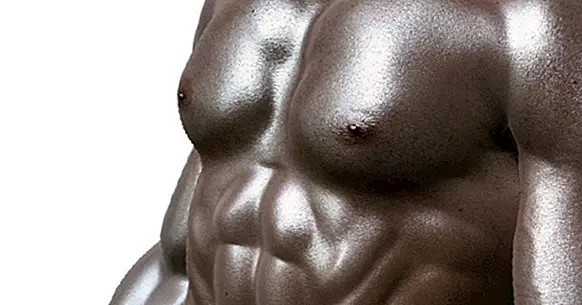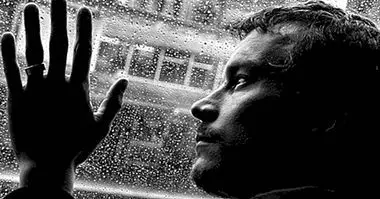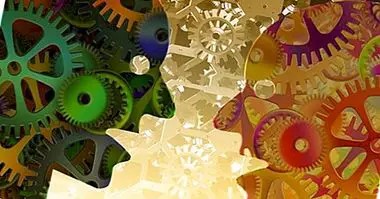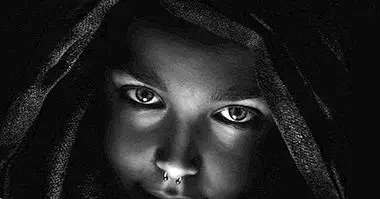Tanorexia: when being dark becomes an obsession
The aspects of life in which human beings are prone to lose control of our actions and perceive ourselves in a deceptive manner are as varied as complex are our different cultures. Anorexia, bulimia or even orthorexia are examples of this, but these episodes are not limited to areas related to nutrition. Today there is also the tanorexia , a psychological condition in which the person looks excessively pale and devotes great efforts to try to tan, bypassing or underestimating the costs that this may have.
As in the case of orthorexia, Tanorexia is not a theoretical construct that enjoys wide recognition in the scientific community , partly due to its novelty and the lack of studies focused on this phenomenon. However, it can be understood as a type of addiction mediated by the culture in which the person experiences a loss of control in the time dedicated to sunbathing or using alternative methods for tanning.
The cultural root of tanning addiction
Although some studies suggest that behind the tanorexia are abnormal biochemical patterns that occur in the nervous and endocrine system of those who experience this addiction, we must talk about the cultural elements that enable their existence. There could hardly be tanorexia in a historical context in which most of the population was dedicated to agriculture to survive with difficulty and the canons of beauty tended towards pallor, but today the situation is very different.
Thus, the causes of the existence of tanorexia are supported in part by a change in these beauty canons . In western countries today, a good tan denotes youth and wealth, something desirable and worthy of being externalized.
The reasons could have something to do with the fact that today the poor population is usually employed for many hours in large industrial enclosures, away from sunlight, having replaced the fields by factories. Therefore, the white population that shows tanned skin in a uniform way is the one that has time to go out to leisure places during daylight hours, go to the beach , practices swimming or is fond of hiking and trips.
In addition, in certain areas of the body it is more difficult to detect wrinkles and imperfections of the skin when the complexion has acquired a darker shade, which would turn the tan into a good ally to hide the signs of aging.
The risks
The dangers of tanorexia are obvious. Excessive exposure to sunlight carries serious risks to the health of both our skin and, by extension, the rest of our body tissues . Ultraviolet radiation can cause cancer in some cases, but in almost all it means a worsening of the quality of the skin with the passage of time.
In addition, as in any other addiction, tanorexia could be fed back from cyclical habits that are not very adaptive and generate stress and social problems. In this way, a person could learn to try to reduce the high levels of anxiety produced by this problem by exposing himself to more ultraviolet radiation, until reaching a point where this habit totally escapes the voluntary attempts of the person to control the situation.
Symptoms of tanorexia
Some of the symptoms associated with tanning addiction are:
1. Alert status continuous related to the degree of tanning that is preserved.
2. Anxiety related to the way to perceive the degree of tanning itself.
3. Constant comparison between the degree of tanning itself and that of other people, whatever the latter may be.
4. The person tends to perceive their skin as if it were much clearer than it is.



















